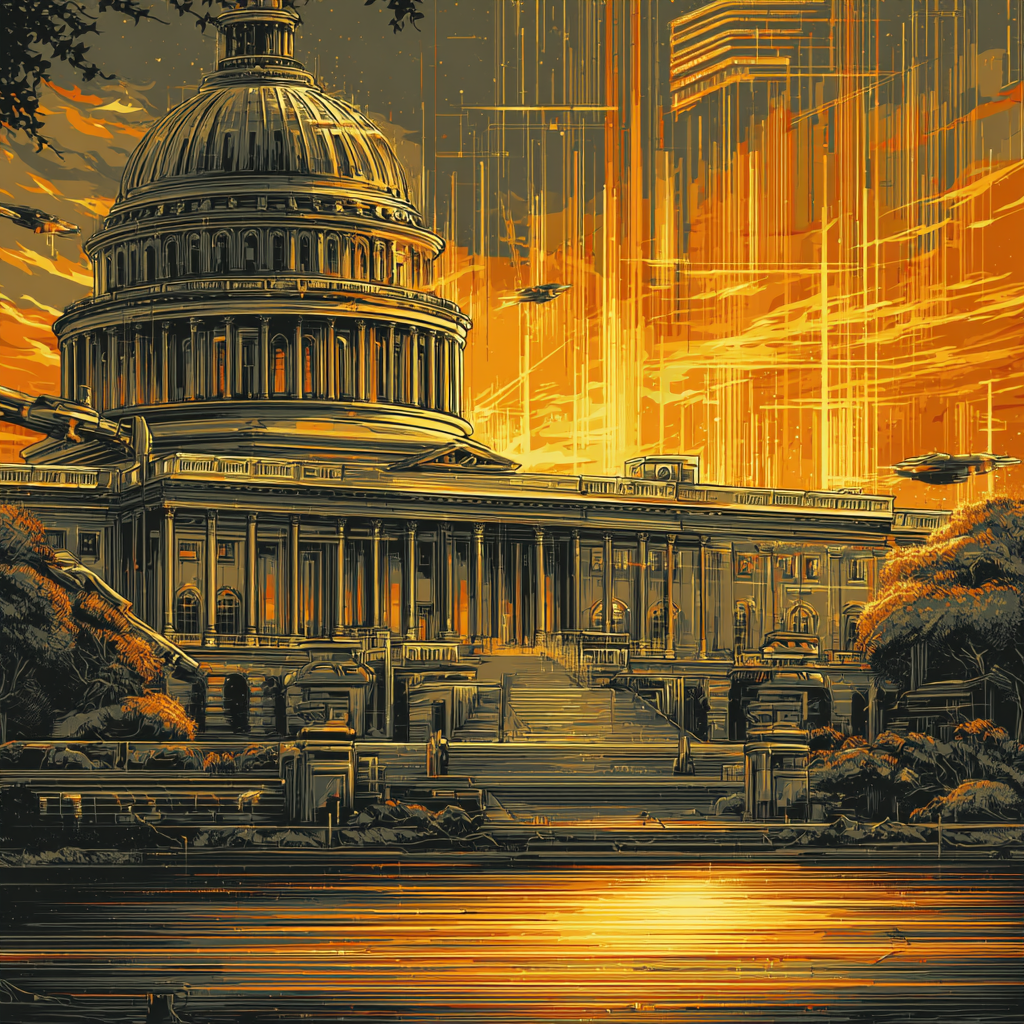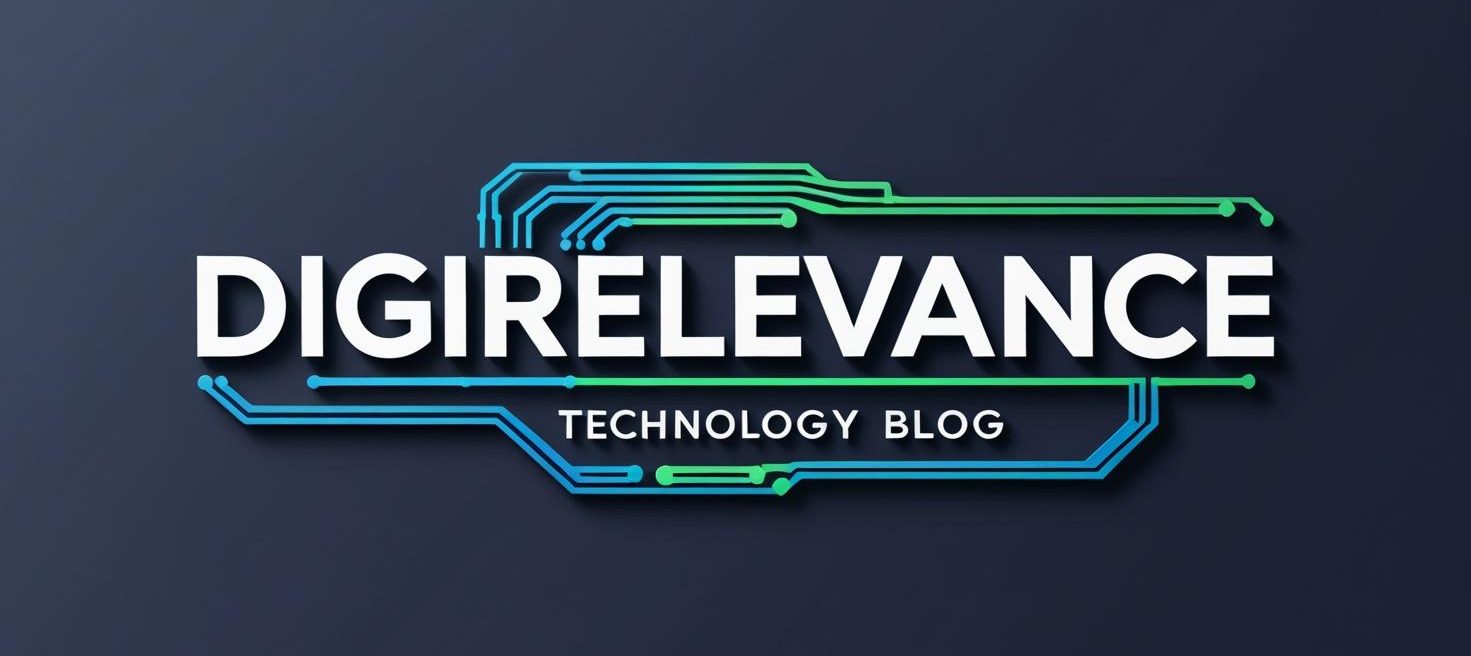
On August 6, 2025, the U.S. government made a move that will reshape how over two million federal employees work every day. The General Services Administration (GSA) announced a groundbreaking partnership with OpenAI, offering ChatGPT Enterprise to the entire federal executive branch for just $1 per agency per year. Yes, you read that right—one dollar.
This isn’t just another government contract. It’s a strategic gambit that signals America’s commitment to AI leadership while raising profound questions about data security, workforce transformation, and the future of public service. Let’s unpack what this landmark deal really means.
A Deal Too Good to Be True?
The pricing alone makes this partnership extraordinary. ChatGPT Enterprise typically costs organisations thousands of dollars annually, yet OpenAI is offering it to the federal government for what amounts to pocket change. This aggressive pricing strategy isn’t charity—it’s a calculated move to secure the most valuable customer base in America: the federal government.
For OpenAI, this represents a classic market penetration play. By embedding ChatGPT into the daily workflows of federal agencies from the Department of Defense to the Environmental Protection Agency, the company is positioning itself as the de facto AI platform for government operations. The network effects are enormous: once millions of federal employees become proficient with ChatGPT, switching to a competitor becomes exponentially more difficult.
The deal also includes 60 days of unlimited access to OpenAI’s most advanced features, comprehensive training programs, and dedicated support through partners like Boston Consulting Group. It’s a full-court press designed to ensure successful adoption across the sprawling federal bureaucracy.
Strategic Motivations: More Than Meets the Eye
The Government’s Perspective
For the Trump Administration, this partnership is a cornerstone of the America’s AI Action Plan—a bold initiative to modernise government operations and maintain technological supremacy over global competitors like China. GSA Acting Administrator Michael Rigas framed the deal as essential for demonstrating “America’s global leadership in AI,” reflecting broader geopolitical concerns about falling behind in the AI race.
The partnership aligns perfectly with recent policy directives, including OMB memoranda calling for accelerated federal AI adoption and efficient technology procurement. By leveraging the GSA’s OneGov strategy, the administration aims to eliminate bureaucratic inefficiencies and deliver better value to taxpayers.
OpenAI’s Master Plan
For OpenAI, this is about much more than revenue—it’s about influence and market dominance. CEO Sam Altman positioned the deal as fulfilling the company’s mission to “make sure AI works for everyone,” but the strategic calculus runs deeper.
By securing a foothold in government operations, OpenAI gains unparalleled legitimacy and a powerful voice in shaping future AI regulations. The company has actively lobbied for “light regulation” approaches to AI, and this partnership strengthens its position as a key industry partner. OpenAI’s planned Washington D.C. office opening in early 2026 signals a long-term commitment to cultivating this strategic relationship.
The Data Security Elephant in the Room
Perhaps the most critical aspect of this partnership involves how sensitive government data will be protected. OpenAI has made explicit commitments that federal data won’t be used to train or improve its models—a crucial safeguard for preventing classified information from leaking into public-facing AI systems.
The ChatGPT Enterprise platform includes enhanced security features, and the GSA has issued an Authority to Use (ATU), indicating the platform meets federal security standards. OpenAI has also developed ChatGPT Gov, designed to run in secure environments like Microsoft Azure Government cloud with FedRAMP High compliance.
However, significant questions remain unanswered. The public announcements lack granular details about technical architecture, on-premises deployment options, and long-term monitoring strategies. Given the scale and sensitivity of federal operations, even small vulnerabilities could have massive implications.
Security experts emphasise that while OpenAI’s policies look robust on paper, the proof will be in the implementation. The challenge of protecting sensitive data across dozens of agencies with varying security requirements will be a complex operational undertaking.
Workforce Revolution: Productivity vs. Anxiety
The partnership promises to transform how federal employees work, with pilot programs already showing impressive results. In Pennsylvania, government workers using ChatGPT saved 95-105 minutes daily on routine tasks like document drafting and research. Extrapolated across the federal workforce, such time savings could represent a monumental productivity increase.
The vision is compelling: federal employees freed from administrative drudgery to focus on high-value work like national security analysis, policy development, and improved citizen services. The partnership includes comprehensive training programs to build AI literacy and ensure responsible use across all government levels.
Yet this transformation isn’t without risks. Concerns about over-reliance on AI, the potential for “hallucinations” (AI-generated misinformation), and long-term job displacement remain valid. While the narrative emphasises AI as an augmentation tool, the underlying anxiety about automation replacing human judgment persists.
Successfully managing this transition will require more than technical training—it demands strategic job redesign and a commitment to maintaining the human expertise that makes government effective.
The Ideological Neutrality Challenge
One of the most intriguing aspects of this partnership involves compliance with Trump’s executive order banning “woke AI” and mandating ideological neutrality in government-contracted AI systems. This requirement places OpenAI in the challenging position of ensuring its models don’t exhibit biases that could conflict with administration policy or public trust.
Achieving true ideological neutrality in large language models trained on internet data is a complex technical and philosophical problem. Past assessments of AI models have shown mixed results in addressing political or social biases. How OpenAI will adapt its models to meet this mandate remains an open and critical question.
This challenge highlights broader issues of AI governance: establishing effective oversight mechanisms to monitor the use, performance, and fairness of AI systems deployed across sensitive government functions.
Market Disruption and Competitive Pressure
The partnership’s aggressive pricing has sent shockwaves through the government AI market. Google and Anthropic, recently approved as GSA vendors, now face immense pressure to match OpenAI’s terms or risk being shut out of a massive market opportunity.
The GSA’s public encouragement for other American AI companies to “follow OpenAI’s lead” effectively uses the partnership to drive down costs across the board. This strategy positions OpenAI not just as a vendor but as a market-shaping force that could lead to consolidation around its platform.
Critics worry about vendor lock-in and the concentration of government technology infrastructure in the hands of a single provider. The long-term implications for competition and innovation in the government sector remain to be seen.
Looking Ahead: Promise and Peril
The GSA-OpenAI partnership represents a watershed moment in public administration and technology. It’s an ambitious experiment that could fundamentally reshape government operations through artificial intelligence, promising a future where federal employees are empowered by tools that can analyse complex data and generate insights at unprecedented speed.
The potential benefits are immense, but the path forward is fraught with challenges that demand careful navigation. Data security assurances must be proven in practice through transparent implementation. The mandate for ideological neutrality presents both technical and governance tests. Most importantly, successful integration requires sustained commitment to managing cultural transformation and addressing employee concerns.
This landmark collaboration isn’t an endpoint but the beginning of a complex journey. Its outcomes will serve as a critical case study for governments worldwide, and its success will ultimately be measured not by the speed of rollout, but by tangible improvements in public service while maintaining democratic values and data integrity.
The US government’s AI revolution has begun. Whether it delivers on its transformative promise or becomes a cautionary tale about moving too fast will depend on how well all stakeholders navigate the challenges ahead.
*The full implications of this partnership will unfold over the coming months as federal agencies begin implementation. One thing is certain: the way the US government works is about to change dramatically.*

